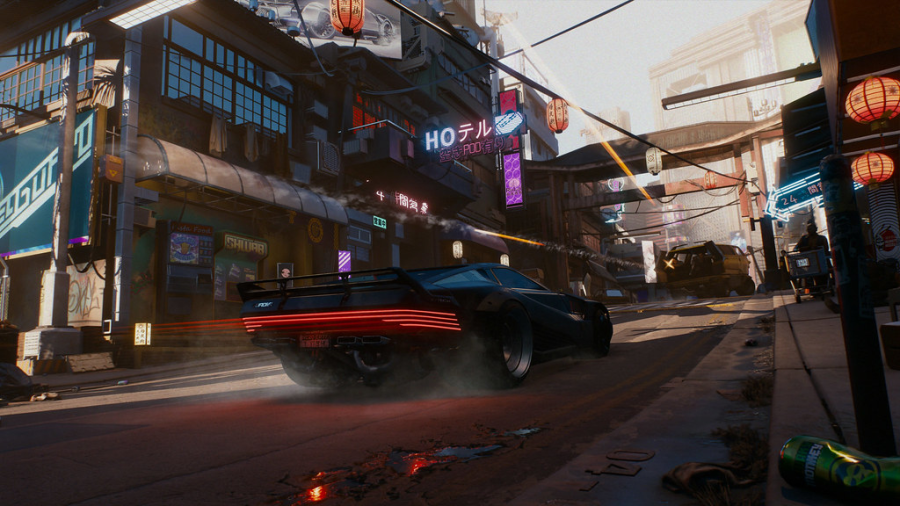American Cyberpunk
Revisiting Snow Crash in the wake of a crypto, metaverse, and AI obsessed world
Core tenets of cyberpunk are always neon lights, futuristic tech, a dying environment, and vast wealth inequality.
Cyberpunk is already a deeply American concept – equipped with anarcho capitalism, hyperindividualism, and the total fusing of human biological rhythms with glowing electronics (aka transhumanism) is happening as we know it. Although we’re not all digital warriors hacking our way through corrupt governments, the core elements of cyberpunk are drawing closer and closer with every innovation in tech.
Snow Crash, written by Neal Stephenson in 1992, is a startling accurate diagnosis of the American future. Following a mixed-race protagonist aptly named Hiro Protagonist, Hiro juggles his life as a pizza delivery driver for the mafia and a freelance hacker in the Metaverse. Teaming up with a mail courier named Y.T. (short for Yours Truly), the two aim to bring down a new virus that’s converting people into mindless followers of a new cult.
Snow Crash’s world can be described as nothing less than the neon-lit and drug induced dream of an anarcho-capitalist. The American government is a government only in name, its workers maintaining a “self-satire of bureaucracy.” Instead, infrastructure is maintained by private companies. “Vista Road used to belong to the state of California,” Stephenson writes, “and now is called Fairlanes, Inc. Rte CSV-5.” Among crossing intersections of different corporations, roads are punctuated by “sporadic sniper fire.” Housing too, in Snow Crash would make a right-wing libertarian weep for joy. Most people live in burbclaves: semi-autonomous gated communities that function as quasi city-states. Complete with “its own constitution, a border, laws, cops, [and] everything,” burbclaves sit within larger FOQNEs — Franchise-Organised Quasi-National Entities. FOQNEs are sovereign states in all but name, with FOQNEs like Mr. Lee’s Greater Hong Kong having its own currency used in America.
If anarcho-capitalists and libertarians are already in their happy place with Snow Crash’s world, “crypto bros” have ascended to a higher plane of existence. Cryptocurrency, exchanged in nontaxable and encrypted online transactions, have made the US dollar obsolete: resulting in hyperinflation as the government tries to keep up by over-printing money. The metaverse, the internet’s successor, is a playground for hackers and rich people, and functions as a Virtual reality MMO (massively multiplayer online game) with stakes in real-estate.
Snow Crash is so pertinent today because it is a bleak picture of America’s worst, but very possible, future. Hyper-individualism rules its world, with devastating consequences for the lower-class and the environment. And it’s already happening — the seeds of this future have been planted, and day by day are being watered by our government’s increasing secession of power to private entities.
Reading Snow Crash is a look into the foundations of our own digitally ruled world. Innovators in tech often take inspiration from science-fiction — in Snow Crash’s case, it would be the metaverse and cryptocurrency. Stephenson was the first one to coin the term metaverse, and set the foundations for all virtual world concepts come the 21st century. Along with the metaverse, Stephenson set precedents for how cryptocurrency would be handled, and inspired the non-profit Wikimedia organisation (owner of Wikipedia) into fruition, after Stephenson’s vision of a digital informational marketplace.
What we need to adopt from cyberpunk is the transhumanist and free-flowing information elements, where anyone can be and accomplish anything, and where knowledge is easily accessible — but leave behind the brutal and irresponsible lack of regulation in technology. In this way, Snow Crash functions as a forewarning to future generations.

Interests/hobbies? Mixing (music), movies, reading, and games.
Dream Destination? Xitang, Zhejiang China
In 20 years... could be dead. Who knows?
Favorite...












